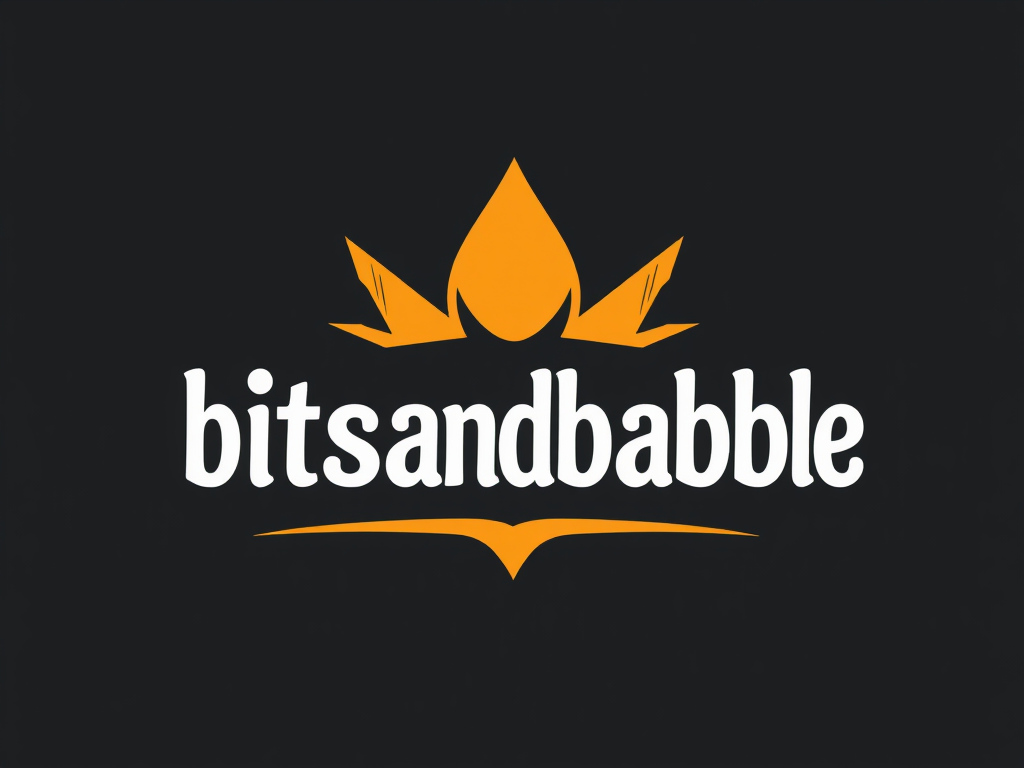Choosing the right PLM software transforms how businesses manage every product stage—from design to retirement. It unites teams, streamlines workflows, and integrates real-time data, accelerating innovation and cutting costs. Understanding key features and benefits helps companies select solutions that boost efficiency, quality, and responsiveness in an increasingly competitive market. Harness this technology to unlock your product’s full potential.
PLM Software: Key Functions, Business Value, and How to Choose the Best Solution
Modern product lifecycle management (PLM) software provides a centralised hub for controlling data, processes, and collaboration from the spark of an idea to the responsible retirement of a product—whether for recycling, reuse, or disposal in line with circular economy goals. This unified approach not only supports concept, design, and development, but also delivers robust tools for production, regulatory tracking, and service management. You can view more details on this page: Discover the link here.
Also to discover : Best lofi hip hop samples for your music production
A PLM system’s value is built on accessible, secure, enterprise-wide data management that prevents teams from working in silos. Cross-disciplinary, geographically dispersed teams depend on real-time product data access and automated workflow management, which cut costs and timeline bottlenecks. With engineering change management and version control in product development, businesses significantly reduce errors while confidently responding to market needs.
Choosing a PLM solution means comparing features such as integration capabilities with CAD, ERP, and cloud-based lifecycle platforms. Essential functions include BOM management, collaboration tools in product design, supply chain coordination, data security, and lifecycle analytics. Consideration of regulatory standards management, scalability, and digital thread features is vital for businesses aiming to future-proof their digital product development strategy and ensure compliance wherever they operate.
Also to read : How Will High-Tech Developments in the UK Impact the Future of Computing?
PLM Software Core Capabilities and Use Cases
Integrating and Governing Product Data Throughout All Lifecycle Phases
Product lifecycle management software provides a centralized product database that integrates and governs product data from concept to retirement. This means engineering change management, version control in product development, and enterprise data management all occur within a structured, secure platform. The system ensures real-time product data access with robust audit trails, so every modification is recorded, traceable, and compliant. Through product data integration and workflow automation in product development, organizations synchronize BOM (bill of materials) management, design evolution, and manufacturing constraints.
Enabling Cross-Functional and Remote Team Collaboration
Collaboration tools in product design are critical as modern engineering teams are distributed and multidisciplinary. Workflow automation in product development streamlines multi-department collaboration, eliminating delays caused by siloed communication. CAD integration with management systems allows designers, engineers, and manufacturing staff to work seamlessly, accessing the same data with role-based access control and versioning and rollback features built in. This harmonizes processes, making product lifecycle management transparent and agile.
Use Case Examples in Key Industries
Manufacturing process integration and product data integration support digital product development across several sectors. In discrete manufacturing, PLM coordinates part design, compliance, and process optimization tools for high-volume outputs. The automotive product lifecycle uses real-time data and digital thread strategies, while the apparel and fashion lifecycle benefits from rapid configuration management and lifecycle analytics. Medical device lifecycle tracking leverages PLM for stringent regulatory standards management and traceability, showcasing the adaptability of product lifecycle management across industry needs.
Features, Trends, and Technology Advancements in Modern PLM Solutions
AI, IoT, and Digital Thread Integration for Real-Time Insights and Decision-Making
Modern product lifecycle management solutions hinge on real-time product data access and seamless integration of enterprise information. AI-driven predictive analytics for product performance empower teams to identify early-stage issues. The adoption of digital twin technology delivers accurate digital replicas, allowing companies to simulate scenarios and optimize products. Integration of IoT devices supplies continuous, actionable data, enabling process optimization tools and smooth, workflow automation in product development. Robust data security in lifecycle systems protects proprietary information throughout this interconnected environment.
Cloud Deployment, SaaS, and Benefits for Global and Smaller Enterprises
The shift toward cloud-based lifecycle platforms and SaaS deployment is reshaping scalability in product management systems. These platforms minimize IT overhead while maximizing accessibility, facilitating mobile access for product data and empowering distributed teams. Cloud-based tools deliver lifecycle software dashboards that extend agile product lifecycle methodologies to both global corporations and emerging businesses, increasing collaboration and adaptability.
Digital Twins, Predictive Analytics, and Integration with Industry 4.0 Technologies
Industry 4.0 has fueled the integration of digital twin technology and predictive analysis with PLM, giving businesses real-time insights into their assets and operations. This approach enhances BOM (bill of materials) management and enables automated compliance reporting. Organizations can also benefit from open-source lifecycle software options for customization and innovation, while PLM training and certification programs build internal expertise to maximize advanced lifecycle capabilities.
Evaluating Top PLM Software Solutions and Best Practices for Adoption
Comparison of Leading PLM Software Vendors and Tools
In a competitive analysis in lifecycle platforms, product lifecycle market leaders demonstrate advanced digital product development capabilities. Top lifecycle management software vendors such as PTC and Siemens focus on multi-department collaboration and manufacturing process integration—delivering centralized product database features and CAD integration with management systems. Industry-specific lifecycle solutions support discrete manufacturing, apparel, and automotive product lifecycle management, aligning with regulatory standards management and digital transformation in product lifecycle.
Criteria for Choosing the Right PLM: Scalability, Cost Structure, Interoperability, and Support
Selecting lifecycle software for SMEs or large enterprises requires evaluating scalability in product management systems, lifecycle software customization possibilities, and integration with ERP systems. Cost analysis of lifecycle systems is crucial to ensure cost-effective implementation strategies for lifecycle systems while maintaining real-time product data access and BOM management. Robust enterprise data management, support for cloud-based lifecycle platforms, and workflow automation in product development are also pivotal.
Adoption Challenges and Solutions: Change Management, Executive Sponsorship, and User Enablement
Lifecycle system migration introduces challenges such as resistance to change and complexity in engineering change management. Effective adoption requires strong executive sponsorship, comprehensive PLM training and certification, and user enablement to drive organizational alignment. Reviewing case studies on lifecycle software adoption highlights the impact of quality control processes, version control in product development, and product compliance tracking on overall project outcomes.











